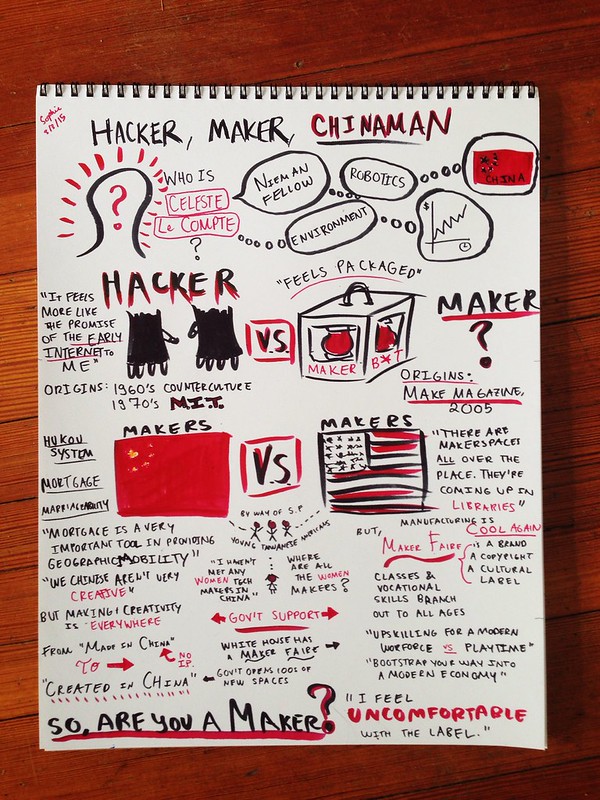Two hundred people died in an avalanche – not in the French alps, but in the Philippine capital of Manilla. It was an avalanche of garbage that the city had thrown away. Hours later, David Jiménez Garcia stood at the bottom of the carnage of a monsoon-induced landslide that had weakened the base of a municipal waste dump and had ultimately caused it to collapse upon the homes of 800 families. “I couldn’t believe that there weren’t more journalists who cared,” Jiménez remembers today, speaking with a sonorous, soothing voice, as his hands rose up and crashed down to give life to the garbage avalanche.
While the government of the Philippines blamed the prowess of mother nature in 2000, Jiménez covered the stories of those who fell victim to it. Particularly those who had been stripped of alternatives by the government: The disenfranchised, the impoverished, the abandoned. Children are often the center of Jiménez’ stories, which are full of intimate observations, piercing detail, and illustrative context. The empathy and precision in his reporting are testimony to his long-standing experience in the region: David Jiménez Garcia was the first-ever Asia correspondent of a major Spanish newspaper.
His life began in Barcelona in 1971, when his native Spain was still under Franco’s rule. Born into a dictatorship, Jiménez grew up as his country grew into a new democracy. With the progressives rebuilding the government, his childhood coincided with the introduction of freedom of the press for Spaniards for the very first time. At 12, his family, including three siblings, moved to Madrid. After a high school exchange year in rural Texas, Jiménez enrolled at the local journalism school. Freelancing with Spain’s leading newspaper El Mundo during his last year in college turned into his first job.
At El Mundo, Jiménez covered whatever topic he could get his hands on. “Anything you can do in a newsroom, I did,” he remembers, before recounting how he walked into his editor-in-chief’s office one day with an idea: Latin America, Africa, and Europe were sought-after locations, while no Spanish newspaper had an Asia bureau or correspondent on the continent at the time. Jiménez wanted to go. His boss agreed and in 1998, David Jiménez Garcia became El Mundo’s first Asia correspondent. He stayed for 15 years.
Based first in Hong Kong and then in Bangkok, Jiménez covered wars in Afghanistan, Pakistan, East Timor, Kashmir, and Sri Lanka; he reported on the two big tsunamis and five earthquakes, on revolutions in Burma and uprisings in the Philippines. He contributed to CNN, the BBC, The Guardian, and Esquire magazine. He wrote three books. He won awards.
Most reports penned by Jiménez are heavy human interest stories, playing out in the darkest corners of the world. But many turned into lighter endings. Jiménez chases these endings, following up on his stories and seeking out his former interviewees. “You owe something to the people you wrote about,” he says, “if you care about them, you go back and try to tell the end of the story.” He compiled a selection of juxtapositions, between the tragedy he witnessed during chaos and the uplifting denouement he often found upon returning years later, in his award-winning first book, Children of the Monsoon. Within a few years, Buttons of Kabul and The Happiest Place on Earth followed, equally filled by accounts of resilience, loyalty, and dedication in the face of poverty and violence. Always, Jiménez’ “prose is sharp as a machete” as Brook Larmer lauds, while La Republica calls his work “a journalistic battle against the demons of cynicism.”
Despite the adventurous, nomadic lifestyle of a war correspondent with endless travel and without set hours confined to an office, Jiménez seems to be battling these exact demons. Writing, for him, is a “a chance to fight against the indifference of the people who don’t have the chance to see what you see,” in the hope that his reporting would eventually impact people, move institutions to action, and affect small change.
An aficionado of in-depth investigation on the ground, Jiménez says some parts of the internet accrue to a “Weapon of Mass Disinformation”: Given the new wealth of facts and knowledge on the web, the average reader, viewer, and listener is so bombarded by digital artifacts that sifting through for quality, accuracy and genuine intellectual engagement has become a gargantuan task. And we have become lazy. Nonetheless, Jiménez muses that the visual avenues of the web are promising. Because the more ways to illustrate and distribute high quality stories, the better. Jiménez remains a journalistic zealot at heart.
Yet after 15 years of covering upheaval, hardship, and perseverance of the human spirit, Jiménez stopped. Now, reflecting on the luxury that the Nieman Fellowship at Harvard affords him, he has realized the toll that immersion into the extremes of the human condition has taken on him. “As a journalist you have a bag that you carry on your trips,” Jiménez says, shouldering an imaginary backpack as he talks, “and every time you see something bad and report on the darkest side of humanity one stone goes in the bag.” His fictitious rucksack is getting heavier. “At some point you can’t carry the bag anymore.” Support in such heavy moments comes from his family: After particularly gruesome trips, Jiménez’ wife and three kids pull him back to normality. This contrast is important, he says, to ground him in reality.
Three years ago, after Jiménez reported a story about self-immolating monks on an illegal trip to Tibet, the Chinese government banned him from re-entering the country. Jiménez smiles proudly when he tells this story, adding “it means I did my job well.”











